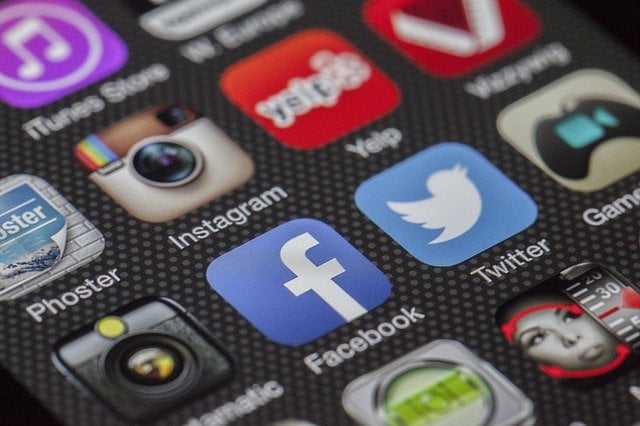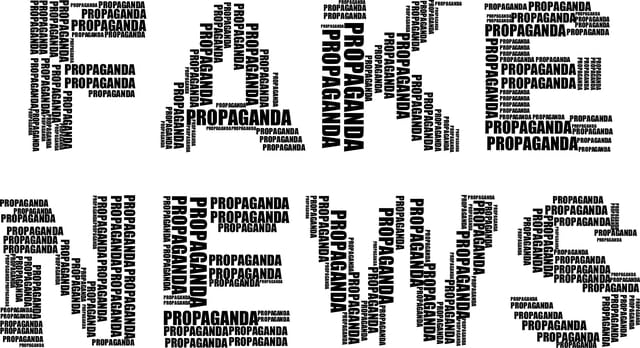The term misinformation and disinformation are similar in a way that they both have misleading information.
However, unlike misinformation which is created or shared without the intent to manipulate people, disinformation is a deliberate attempt to confuse, manipulate or cause harm to a person, social group, organisation or country with inaccurate information.
Often at times, misinformation can turn into disinformation when it’s still shared by individuals who know it is wrong yet spread it intentionally to stir divisiveness.
Disinformation exists in various forms including rumours, gossips, conspiracy theories and propagandas.
They are created to persuade people of things that are unsupported by facts as the truth.
Disinformation is often dangerous because they have the ability to affect public perceptions or opinion, shape human emotions and also can affect electoral discourse.
These days, technology makes manipulation and fabrication of information simple and it can easily be spread through social media in a rapid speed.

The spread of disinformation has become more apparent in the digital age because through digital sources, there has been an increase of public engagement.
And once a false information that has the potential to cause harm is embedded, it can be used to create scapegoats, normalize prejudices, polarized society and even, and in extreme cases, to catalyse and justify violence.
Often, there are growing debates on how to address these issues without undercutting the benefits of digital media and social media.
In situation like this, everyone has a responsibility to combat fake news and disinformation.
As a whole, news literacy and strong professional journalism must be advocate in our societies, being the major source of information to the general public.
That been said, freedom of speech when spreading information to the public plays an important role for delivering the truth without censorship.
This is because the general public needs something that can help them make sense of complicated developments and deal with the ever-changing nature of social, economic, and political events.
And keeping certain information hidden will only make people speculate even more.
The media industry must be able to provide high-quality journalism in order to build public trust and correct fake news and disinformation without legitimizing them.
This can be done by using their in-house professionals and well-respected fact-checkers.
Below are some examples of fact-checkers:
- Fact Check – A product of the Annenberg Public Policy Centre, this site is terrific for checking up on political claims.
- PolitiFact – The Pulitzer Prize-winning Politifact researches the claims of politicians and checks their accuracy.
- Snopes.com – One of the oldest debunking sites on the Internet, Snopes.com focuses on urban legends, news stories and memes, also cite their sources at the end of each debunking.
- Hoax-Slayer – Similar to Snopes but tighter in scope, Hoax-Slayer focuses on email hoaxes, identity theft scams and spam.
- The Washington Post Fact Checker – While focused primarily on political facts, it covers specific claims in-depth and with plenty of cross-referencing.
- Veracity (iPhone app) – Double check image sources and see where they came from.
Apart from that, technology companies should invest in tools that identify fake news, reduce financial incentives for those who profit from disinformation, and improve online accountability.
The educational institutions may also play a part by informing people about news literacy.
But most importantly, individuals play a major role in fighting disinformation through following a diversity (and reliable) news sources and also be sceptical of what they read and watch.






